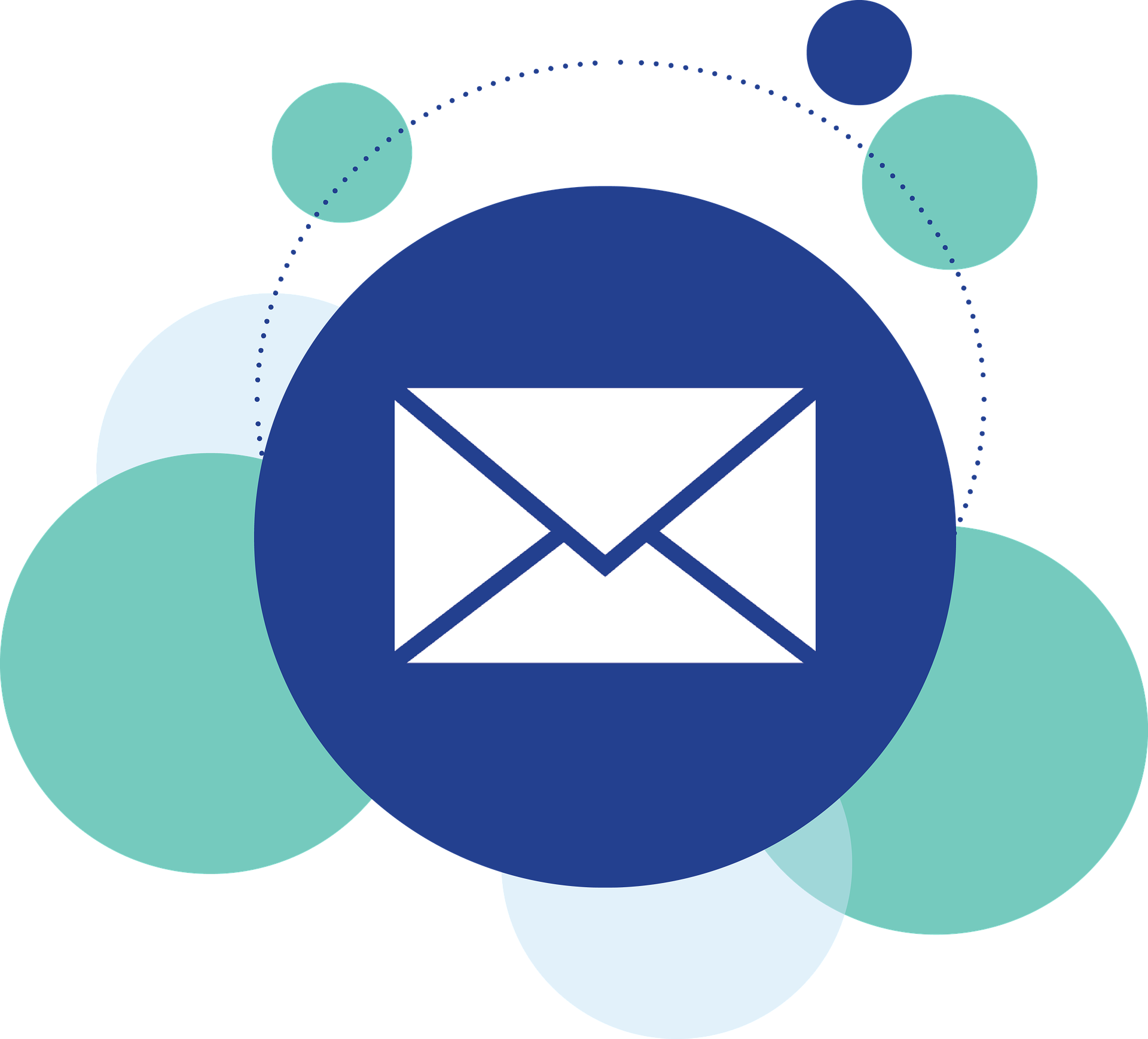The average office worker sends out 40 business emails each day and receives more than 120. From your headline to your signature, every line is an opportunity to stand out in the crowded inbox. A key tenet of communications and marketing is to reach your audience in the way that most appeals to them. Whether emailing coworkers, journalists, board members, vendors, or other stakeholders crucial to your business, there are universal best-practices you can put into place to make sure your emails never go unread or unanswered.
Don’t skirt the subject
While it’s not ideal to appear overly blunt right off the bat, there’s no use in being cheeky in an email subject line when you don’t have to. This is especially true when you’ve already developed a relationship with your email recipient, either in person or online. Are you asking for edits to a draft? Following up on an interview opportunity? Trying to secure sponsorship for an event? Say so in your subject, or at least name in full the document, topic, publication, or campaign in the header. “Checking in…” is not only vague upon receipt, but useless for future searches. Find the balance between an overt upfront ask and a direct statement that lets your reader know what they’re opening.
Say it for search
Like the headline, make sure any key words and phrases relevant to your conversation topic are embedded throughout your email. Since not all emails are handled when first read, make it easy for your recipient to find your email when they go to look for it later. Try to present the information in a way that makes sense for search. For example, when I send a draft byline or op-ed to a client, I make sure to include as many details as possible within the body text, such as publication name, editorial topic, and publication date. Review these SEO basic principles that, when applied to email, can also work for your direct digital messages.
Hit send with respect
You do not have to respond to every single email. Often, replying to multiple emails from the same person in one reply is right way to go. Given the sheer quantity of emails we receive, try to condense email interactions whenever possible or appropriate, but especially with members of the media. Having multiple clients in the healthcare space means I interact with many of the same reporters across different accounts. Instead of sending two or three separate pitches, I reorganize my email in a way that aligns with how that journalist or editor is thinking, not the way my business is conducted. Putting yourself in the shoes of the recipient shows a respect for their work and opens the door for true collaboration.
Being a better sender is just one of my professional goals for 2018. What are some of your best tactics for effective email communications?
Let us know on Facebook, Twitter, or LinkedIn.
by Jayda Leder-Luis

